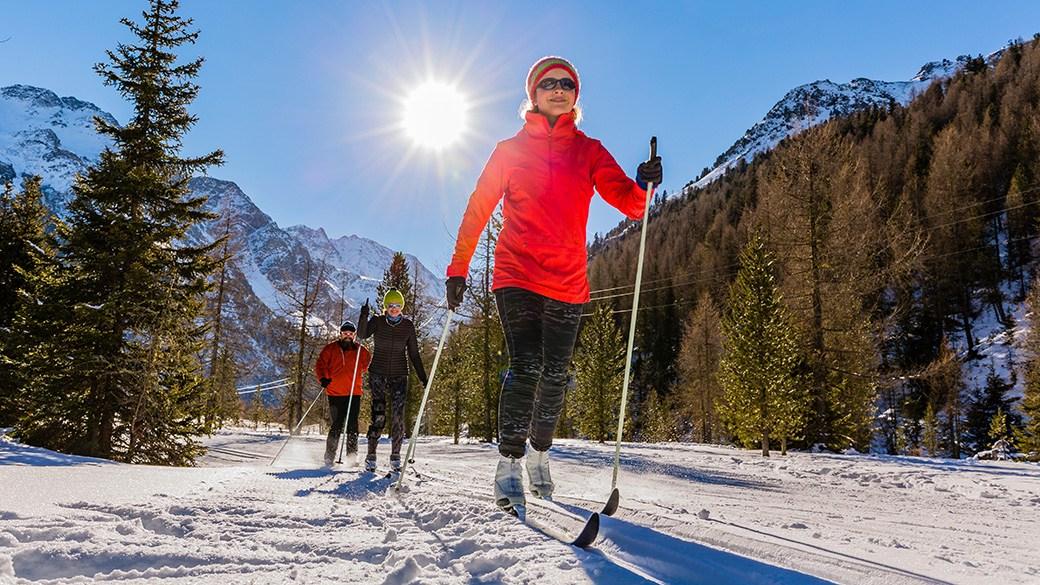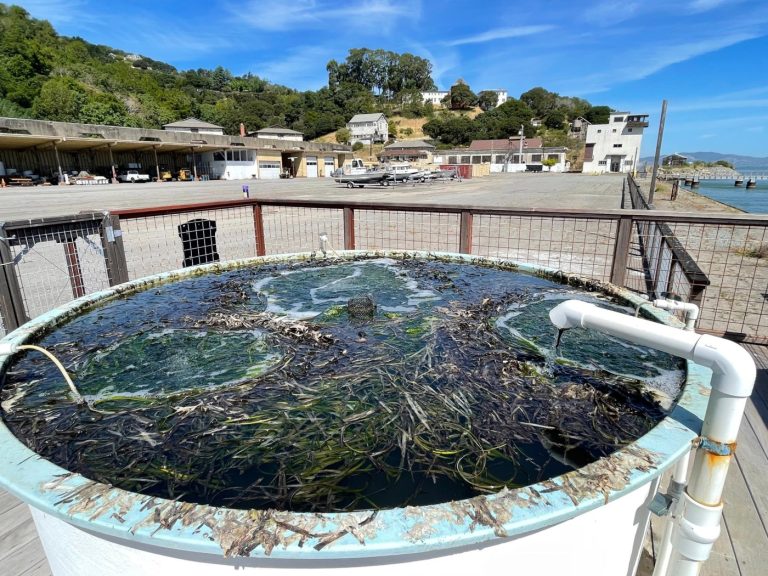WHICH SKI POLES ARE BEST?
A trusted companion on the mountainside, a pair of ski poles provides stability and guidance while tackling the slopes — whether those slopes are steep and intense or flat and welcoming.
The type of skiing you’re undertaking will determine the type of pole you require, determining its weight, strength, flexibility and style. There’s also plenty of opportunity for a personal touch. This guide will detail the various options and what to look for and highlight a premier alpine pole in our top pick from Zipline for downhill enthusiasts.
WHAT TO KNOW BEFORE YOU BUY SKI POLES
Style
The most common ski pole is the downhill or alpine pole. These are made to be flexible, light and sturdy and accommodate various skill levels and slopes. Still, there are many other options available. Cross-country poles will be longer and feature wider baskets to battle against powdery or deeper snow. Park and pipe poles, as well as freestyle ski poles, will be shorter for enhanced maneuverability. Mountaineering and backcountry poles will be adjustable and may have specific features for tackling powder or ice. Racing and slalom poles will cater to those events, with the former featuring lightweight, durable construction and the latter protecting the skier’s hands from gates.
Material
You want ski poles that will endure the elements, including any rough terrain — or rough spills — that take place. These are the most common materials.
Aluminum: Durable and affordable, aluminum is most common for newcomers and recreational skiers but is among the heavier options.
Composite: Carbon and fiberglass combine to offer a relatively light and durable ski pole that is well-suited for beginners and intermediates looking to improve their skills.
Carbon fiber: The lightest and most expensive option, carbon fiber is the most durable and flexible of the choices available.
Weight
Generally, a lighter pole is a superior pole. The lightest available may be just a pound. That’s ideal because you’ll be holding the pole throughout your adventure. Balance is also important: you don’t want weight unevenly distributed through the pole.
WHAT TO LOOK FOR IN QUALITY SKI POLES
Basket type
The basket is located at the base of the pole and prevents the pole from sinking deep into the snow. Baskets may vary in size and be designed for use in powder or hard snow. What’s more, some poles may allow the basket to be removed and swapped with a different option depending on your needs.
Grip
Rubber grips are soft and the most common and sought-after choice for downhill skiers. Plastic grips are more durable but less comfortable. Cork grips are most comfortable and often found on mountaineering or backcountry poles, where you may not be wearing heavy gloves, if any.
Detachable straps
Some poles feature straps that quickly and easily become detached from the pole. This can be much more convenient than removing your gloved hand, which may be entangled with the strap.
Color
Add some personal style when you hit the slopes by selecting the color or design of your ski pole. The right color may make your pole easier to find among an array at the lodge and help people spot you on the slopes.
HOW MUCH YOU CAN EXPECT TO SPEND ON SKI POLES
Quality composite or carbon fiber ski poles will cost between $60 and $100. Professionals may opt for something more expensive, while beginners can find some cheaper options likely made from aluminum.
SKI POLES FAQ
Q. What are the dangers and risks of using ski poles?
A. You want ski poles to help guide and balance, but they shouldn’t be used to keep you supported and must be kept from digging too deep in the snow. Poles that get stuck can become harmful to yourself and others.
Q. How important are ski straps?
A. Straps help keep the poles with you, particularly when you fall — you don’t want them left uphill. However, you may not want to use them when skiing in wooded areas where the pole may get caught on brush or foliage and cause injury by yanking your arm.
WHAT ARE THE BEST SKI POLES TO BUY?
Top ski poles
Zipline’s Lollipop Carbon Fiber Ski Poles
What you need to know: These high-quality, flexible poles can last for years.
What you’ll love: They are terrific for alpine skiers: light and durable. An array of color options is available. The grip is comfortable.
What you should consider: It has a higher price than some other choices.
Top ski poles for the money
What you need to know: These cross-country poles are lightweight and durable — ideal for any cross-country trek.
What you’ll love: The grips are comfortable and shock-absorbent. The straps are easy to adjust. Though these poles are lightweight, the aluminum makes them still strong.
What you should consider: The baskets are a bit small.
Worth checking out
What you need to know: This inexpensive aluminum pole is perfect for beginner and intermediate downhill skiers.
What you’ll love: They are made by a trusted brand name in skiing. There are a couple of colorful options, and they are a terrific value.
What you should consider: They are somewhat heavy and less flexible than other options.
Prices listed reflect time and date of publication and are subject to change.
Check out our Daily Deals for the best products at the best prices and sign up here to receive the BestReviews weekly newsletter full of shopping inspo and sales.
BestReviews spends thousands of hours researching, analyzing and testing products to recommend the best picks for most consumers. BestReviews and its newspaper partners may earn a commission if you purchase a product through one of our links.












